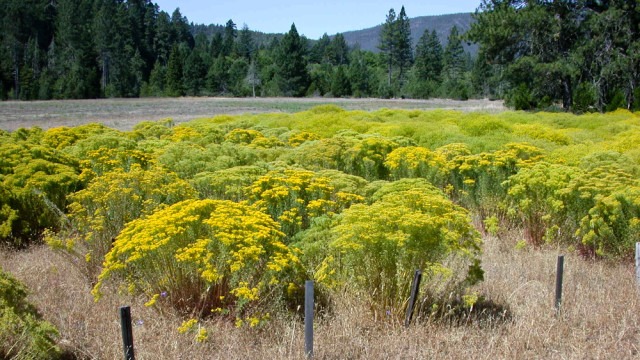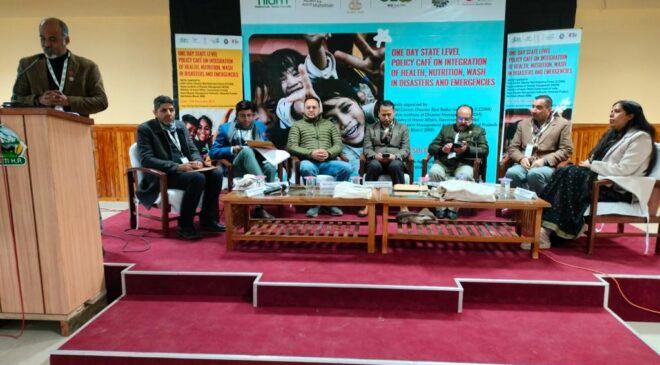KANPUR:Phytomining is a technique that uses certain plants to mine metals out of sub-economic ore bodies including soil or polluted waters. Phytominers grow a crop of a metal-hyperaccumulating plant species, harvest the biomass and burn it to produce a bio-ore.
Use of phytomining has grown over the last decade, particularly in remediating contaminated lands such as mine tailings or old factory sites where metals have leached into the ground. Some of the plant species could even be used to concentrate metals out of low grade sources too low in grade to mine by conventional metallurgical process, or out of mine tailings, as sometimes the usual chemical/heat and pressure methods only extract small of the metal from ore.
Nickel is hard, silvery-white, lustrous metal widely used in our modern world, from coins and jewellery to stainless steel, and as demand grows, mining companies have to explore lower grade ores to meet it. It is an uncommon metal at the Earth’s surface, since most of the nickel sank into the core during our planet’s primary differentiation, when it separated into the three layers we know today. It only tends to occur where the mantle has been pushed up onto the surface, or primitive mantle magmas uncovered by erosion.
Nickel bearing serpentine lateritic soils found in tropical climates are a widespread low grade source, made from altered mantle olivine.In 1990’s, Rufus Chaney at the US Department of Agriculture discovered that some plants (known as hyperaccumulators) concentrated nickel and other metals to very high levels while seeking options for the remediation of old mines with highly contaminated soils.
Such plants grown in soils containing 0.1% of the metal concentrated Nickel up to 20% by weight of the ash after they were incinerated (whereas an economic deposit needs over 1% using conventional separation methods),. This much high yield compares very favourably with traditional methods of separating Nickel from its Earthy host.
Scientists suggest that phytomining should play a much larger part of our metals source mix, where possible and all you need is sun and fertilizer, rather than the chemicals and power stations of conventional separation plants Phytomining would help by simultaneously remediating contaminated land, create less pollution, be more carbon neutral and provide energy after incineration of the harvested plants.
Large areas of the nickel enriched soils that are of little use to agriculture, and since hyperaccumulator plants come from a dry temperate climate and have low water needs, it could be a viable source of metal. Nickel hyperaccumulator Streptanthus polygaloides has been found to give yield of 100 kg/ha of sulphur-free Nickel. The Ni-hyperaccumulators Alyssum bertolonii from Italy and Berkheya coddii from South Africa have even greater potential to extract Ni, because of their high biomass and high Nickel content. Soil conditioners, particularly N and P amendments, greatly enhance Ni phytomining.
On many ultramafic soils, Berkheya coddii can yield over 20 t/ha with a Ni concentration of 1% in the dry matter. Harvesting and incinerating plant biomass from mature nickel hyperaccumulator tree generated a commercial high-grade bio-ore containing 10 to 25% nickel. Such high purity means it’s uniquely suited to produce organic chemical industry nickel catalysts or high-value nickel chemicals for use in electroplating.
Till date nearly 300 plant species are reported as nickel hyper accumulators but species potential phytomining species for production of commercial ‘bio-ore’ are Thlaspi goesingense, Psyshotria douarrei, Sebertia acuminate, Alyssum narkgrafii, Alyssum narkgrafii, Alyssum narkgrafii, Alyssum murale, Phyllanthus species, Euphorbia helenae, Leucocroton flavicans, Leucocroton linearifolius and Rinorea niccolifera. Nickel extraction capacity of these species can be further increased by use of chelates or soil additives and genetic engineering.
(To Be Continued…..)




